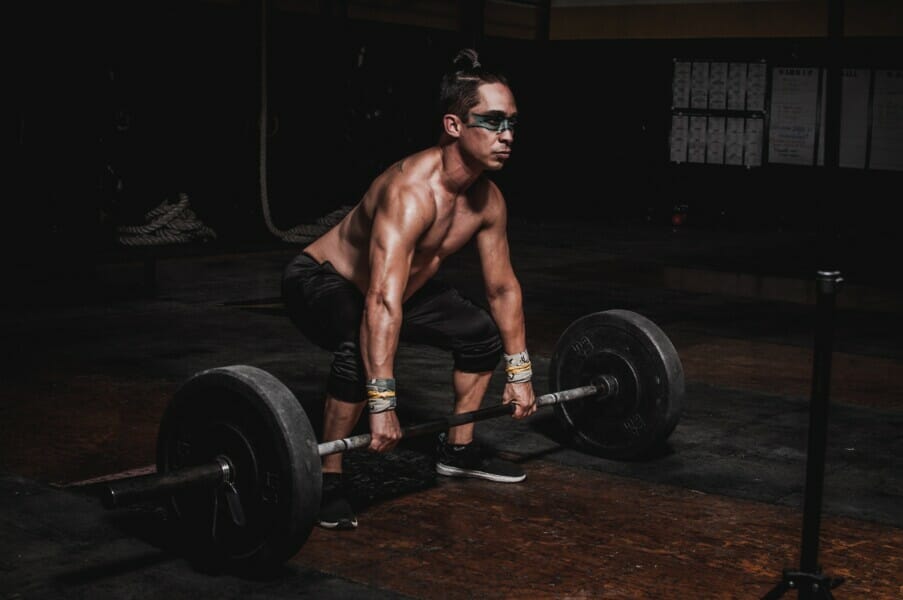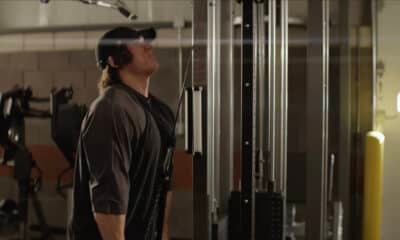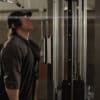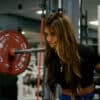The Right Technique for Proper Deadlift Execution
Describing deadlifts as the ultimate full-body workout, Brianna Bernard, CPT, Isopure Athlete, and Certified Personal Trainer highlights that when executed correctly, deadlifts engage various muscle groups such as the lower back, lats, core, glutes, quads, hamstrings, and contribute to enhancing posture and grip strength. Moreover, performing higher repetitions of this exercise can transform it into a cardiovascular fitness routine by elevating the heart rate.
Even though there are multiple variations of the deadlift, ranging from single-leg to Romanian deadlifts, and various form recommendations to adhere to, getting started can be complex. If you are a newcomer surrounded by experienced gym-goers, don’t be discouraged. Mastering the proper form for deadlifts is crucial in enhancing strength, and rest assured, nobody is scrutinizing your technique.
 Image by Andrea Piacquadio via Pexels
Image by Andrea Piacquadio via Pexels
A Certified Personal Trainer’s Guide on the Correct and Safe Way to Deadlift
1. Begin with Light Weights
One common mistake highlighted by Bernard is the reluctance to grab lighter weights when learning to deadlift. She advises starting with a light bar and a few ten-pound bumper plates to primarily focus on form. Once you have established proper form and practiced consistently, progressing to heavier weights while maintaining alignment is vital for maximizing the benefits of the exercise.
2. Utilize a Lifting Belt
Wearing a lifting belt can assist in supporting your lower back by reminding you to keep your back straight and engage your core during the lift.
3. Ensure Proper Alignment Prior to Lifting
Before lifting the weight, positioning your body correctly is paramount. Maintain a shoulder-width stance, align your shins with the barbell, bend your knees until your hamstrings are parallel to the ground, and grip the barbell just outside your legs. Opt for either a double overhand or hook grip based on your comfort level and stability. As a beginner, the double overhand grip is recommended, while the hook grip is suitable for advanced lifters aiming to handle heavier weights.
4. Maintain Neutral Spine and Neck Position by Looking Forward
Bernard advises against looking up during deadlifts, as it can cause spinal and neck arching, increasing the risk of injury. Keeping a neutral spine and avoiding chin tucking by looking straight ahead or slightly down contributes to optimal strength performance.
5. Retract Shoulders to Avoid Back Injuries
Keep your shoulders pulled back, chest lifted, and lats engaged to prevent them from rounding forward. Ensure the barbell is close to your body and positioned over the center of your feet to reduce the risk of injury.
6. Lock Elbows While Lifting
Eliminate any slack in your elbows before initiating the lift. Locking your elbows enables you to pull the bar up your shins and push the floor away simultaneously. Squeeze the bar tightly, lift until standing tall with knees locked, then hinge at the hips to lower the barbell back down close to your body.
7. Breathe and Engage Core Muscles
Proper breathing technique involves taking a deep breath before lifting, exhaling as you ascend, and inhaling before lowering the barbell. Engaging your core is crucial for the protection of your lower back.
8. Include “Accessory Lifts”
To enhance balance and prevent overuse injuries, incorporate barbell back squats, hip thrusts, bent-over rows, and back hyperextensions into your routine. These additional exercises contribute to overall health improvement, as recommended by Bernard.
 Image by Taco Fleur via Pixabay
Image by Taco Fleur via Pixabay
Featured Image by Leon Ardho via Pexels
















